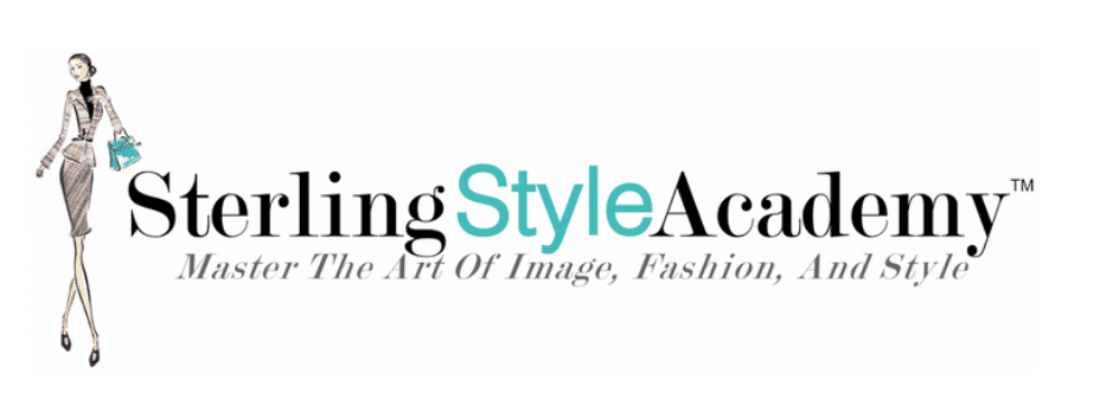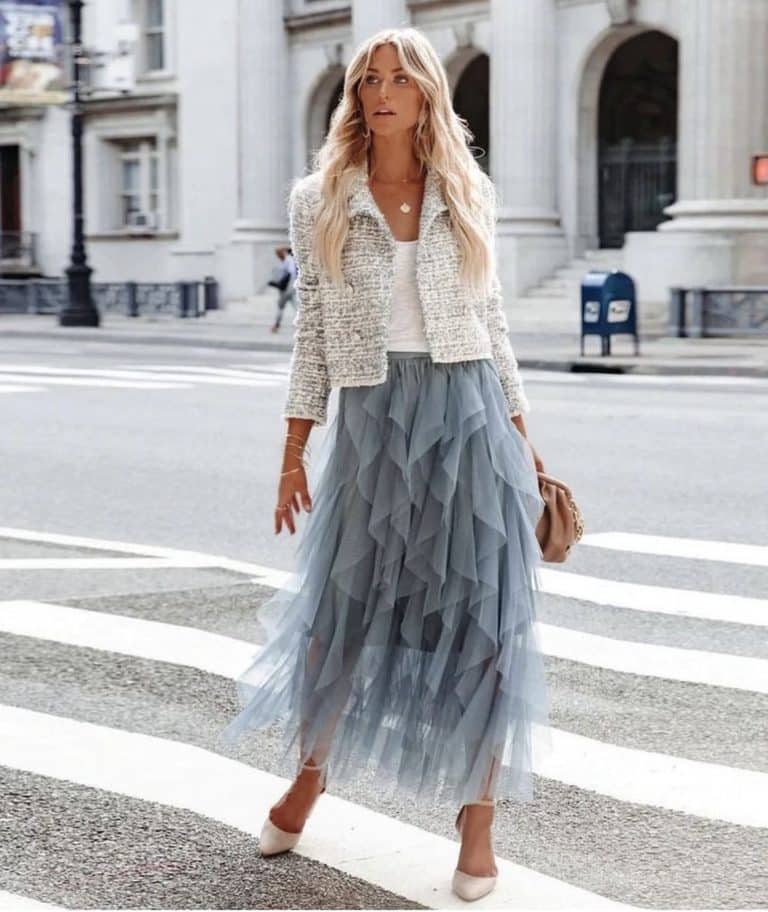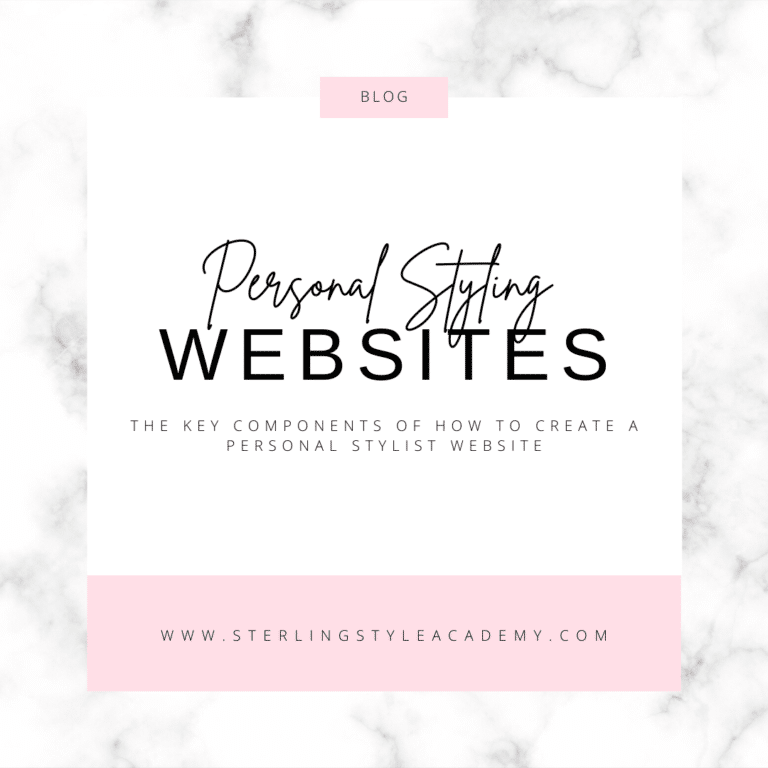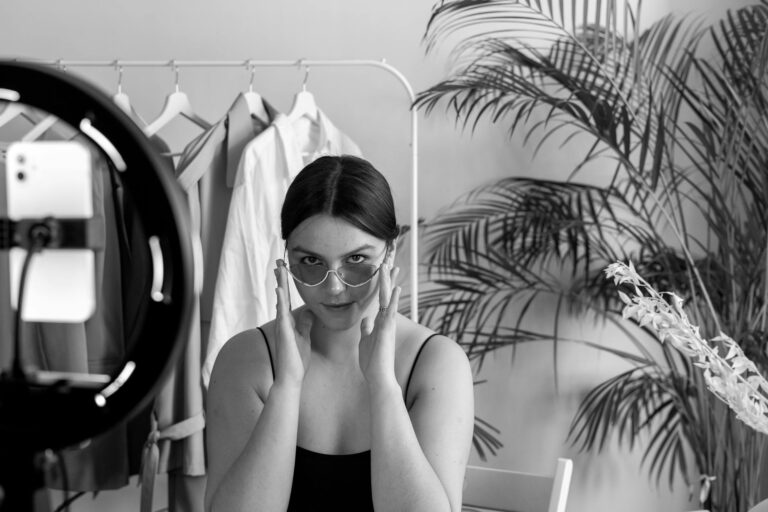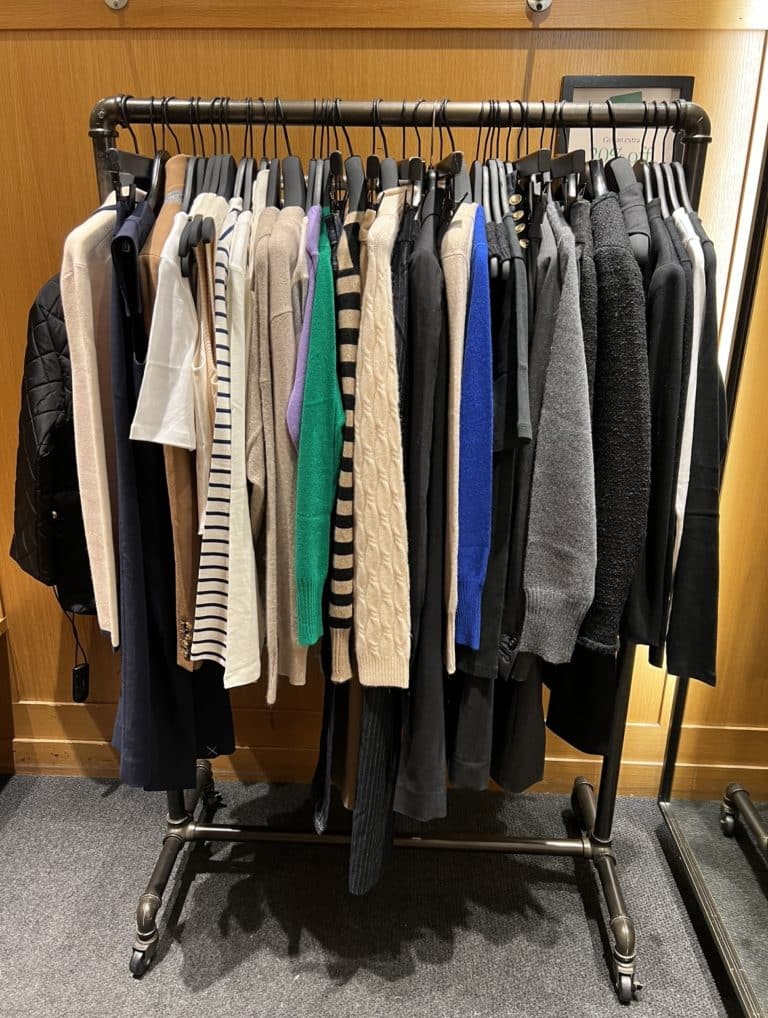Korean Colour Analysis and the Sterling Colour Analysis System: Understanding the Differences
What is Korean Colour Analysis versus the Sterling Colour Analysis System? In the world of personal styling and beauty, the right choice of colours can make a significant difference by enhancing one’s natural appearance and boosting confidence. Colour analysis stands at the heart of this styling principle, guiding individuals in choosing the colours that best compliment their natural tones. Amongst the various colour analysis methods, Korean Colour Analysis and the Sterling Colour Analysis System have emerged as leading approaches, each with its unique methodology and benefits. This blog post explores these two systems, offering insights for colour analysts, fashion enthusiasts, and style-conscious individuals seeking to understand the best fit for their personal styling needs.
Understanding Korean Colour Analysis
The Korean Colour Analysis method is rooted in the principles of seasonal colour analysis but introduces a unique twist by focusing primarily on the skin’s undertone without considering hair and eye colour. The goal is to identify colours that neutralize the yellow undertones common in Asian skins, aiming for a balanced, paler complexion. This method categorizes personal colouring into spring, summer, autumn, and winter, similar to traditional seasonal methods but places a heavy emphasis on achieving a bright, whitened appearance.
Korean Colour Analysis Key Characteristics
- Focuses on skin undertone, particularly for those with Asian heritage.
- Aims to make individuals look paler and reduce yellow undertones.
- Does not consider hair and eye colour in the analysis.
Exploring the Sterling Colour Analysis System
In contrast, the Sterling Colour Analysis System, or Sterling Colour Quality System, adopts a comprehensive approach by considering not just the skin tone but also eye and hair colour, along with the individual’s contrast level. This system transcends seasonal constraints, offering a more personalized colour palette that reflects the person’s unique characteristics and preferences. The Sterling System’s strength lies in its scientific approach and removal of subjective elements (such as drapes) in favour of a more tailored colour recommendation.
Key Differences
- Incorporates hair, skin, and eyes plus your contrast level for a thorough analysis.
- Moves beyond seasonal limitations, offering more options and personalised colour suggestions.
- Focuses on aligning colour choices with personality and lifestyle for a holistic approach.
Korean Colour Analysis Comparative Analysis
When comparing Korean Colour Analysis with the Sterling Colour System, several differences stand out:
Colour Categories and Season Classifications
While Korean Colour Analysis follows the traditional four-season model with an aim to achieve a specific aesthetic look (lighter skin), the Sterling System provides a customised approach that doesn’t box individuals into seasonal categories. It respects the unique blend of skin, hair, eye colour, and personal style.
Application in Personal Styling and Makeup
Korean Colour Analysis often results in a selection of colours intended to brighten the complexion within a strict seasonal framework. Conversely, the Sterling System offers a versatile palette derived from a comprehensive understanding of personal contrasts and preferences, applicable not just in wardrobe choices but also in makeup and accessories.
Popularity and Acceptance
Korean Colour Analysis has gained substantial footing in Asia and amongst individuals with Asian heritage worldwide, owing to its specific focus on Asian skin undertones. The Sterling Colour Analysis, with its broader and more inclusive approach, sees a wider acceptance across diverse demographics, encouraging a more global appeal.
Case Studies and Examples
Real-life transformations underscore the effectiveness of both systems. Individuals who have undergone Korean Colour Analysis often report a significant improvement in achieving a brighter, more balanced complexion. On the other hand, those analysed through the Sterling System enjoy a highly personalised colour palette that resonates more deeply with their personal identity and lifestyle, often leading to more profound and satisfying style transformations.
Choosing the Right System for You
Selecting the most suitable colour analysis method depends on a variety of factors, including personal preferences, lifestyle needs, and specific colouring characteristics. Consider what you value most in your personal styling—whether it’s adhering to a culturally specific aesthetic, as often favoured in Korean Colour Analysis, or seeking a deeply personalised, holistic approach as offered by the Sterling System.
Conclusion
Both Korean and Sterling Colour Analysis hold merit in their respective fields, championing the pivotal role of colour in personal styling. Understanding the key differences and similarities between these methods allows you to make an informed decision tailored to your styling goals. Whether you lean towards the tailored precision of the Sterling Colour Analysis or the cultural specificity of Korean Colour Analysis, the ultimate goal is to discover colours that elevate your natural beauty and express your individuality.
If you’re ready to discover the colours that best suit you, consider purchasing a Sterling Colour Analysis consultation or enrolling in our Online Colour Analysis Training program for US$697 at https://online.sterlingstyleacademy.com/color-analysis-training-online. Embark on your colour analysis journey and unlock the power of colours in your personal styling arsenal.
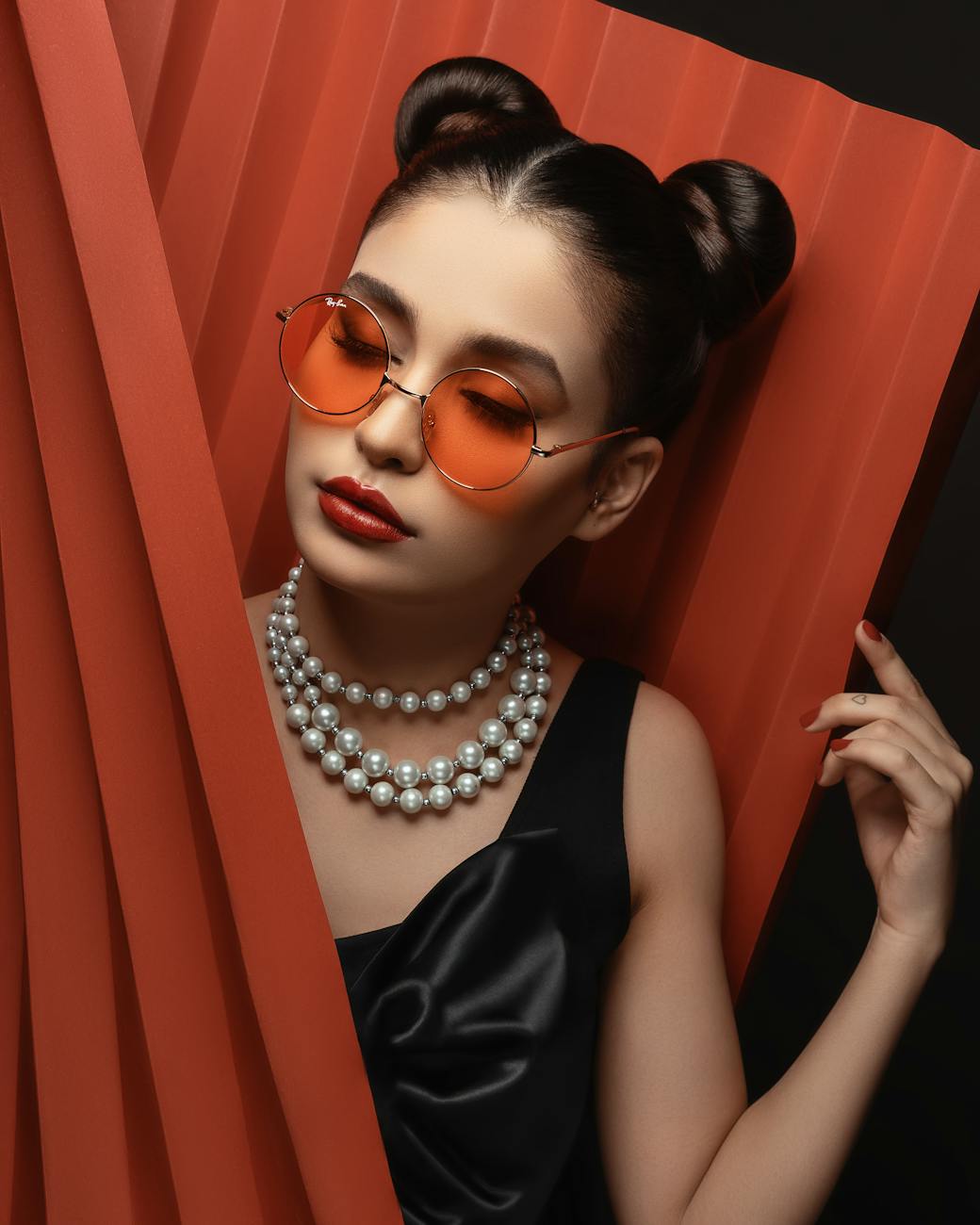
Why Asians Choose to Learn the Sterling Colour Analysis System Over the Korean Colour Analysis
In the dynamic world of fashion and styling, the quest for personalisation and authenticity leads many down the path of colour analysis. Among the myriad of systems available, two notably stand out in Asia: the Korean Colour Analysis and the Sterling Colour Analysis System. While both offer unique insights into the interplay between colour and personal style, a growing number of individuals are favouring the flexibility and comprehensive approach of the Sterling Colour Analysis System. Through a detailed exploration, including a case study by Lorraine Kwok from the Sterling Style Academy, we’ll uncover why this preference exists.
The Sterling Colour Analysis System vs Korean Colour Analysis
The Korean Colour Analysis, rooted deeply in the nation’s vibrant fashion industry, categorises individuals into Spring, Summer, Autumn, and Winter, largely based on their natural tones. This method, though effective, often limits people to specific hues within these broad categories, potentially overlooking the nuances of an individual’s complexion and personality.
On the flip side, the Sterling Colour Analysis System offers a more nuanced approach. It extends beyond the conventional four seasons to consider a person’s unique features such as hair colour, eye colour, and skin undertone, providing a personalised palette that enhances natural beauty without confinement to strict seasonal categories.
Testimonial Insight: The Power of Flexibility and Range
Lorraine Kwok’s review of the Sterling Style Academy in Singapore sheds light on the distinctive advantages of the Sterling Colour Analysis System. Unlike the more conventional approaches, this system thrives on flexibility, allowing individuals to incorporate a broader spectrum of colours into their wardrobe, thus enabling easier and more confident shopping experiences. The methodology appreciates that individual style should not be boxed into seasonal limitations. Instead, it advocates for a palette that compliments personal features and style preferences, ensuring every person can wear colours that truly resonate with their identity.
Breaking Seasonal Boundaries
One of the most liberating aspects of the Sterling Colour Analysis System highlighted by Kwok is its departure from the ‘one-season-fits-all’ mentality. This philosophy recognises the unique variances in each individual’s colouring, promoting exploration outside predetermined seasonal colours. Such an approach not only provides a tailored styling guide but also respects the individual’s personality and style, leading to more authentic and appealing fashion choices.
Business Acumen and In-depth Knowledge
The Sterling Style Academy does not just focus on the methodology of colour analysis; it also prepares individuals for the business realities of the fashion and styling industry. Kwok’s experience points to an enriching curriculum that covers both the art and business of colour analysis and styling. Training materials are comprehensive, and instructors, particularly Michelle T. Sterling, share invaluable industry insights, equipping aspiring colour analysts with the tools needed for success.
Conclusion
The preference amongst Asians for the Sterling Colour Analysis System over the Korean Colour Analysis underscores a global shift towards more personalised, versatile, and holistic approaches to fashion and styling. With endorsements like Lorraine Kwok’s, it’s clear why the Sterling Colour Analysis Method is gaining momentum – it’s not only about discovering the right colours but also about fostering an understanding of how those colours can be dynamically integrated into one’s lifestyle and wardrobe, echoing individuality and diversity.
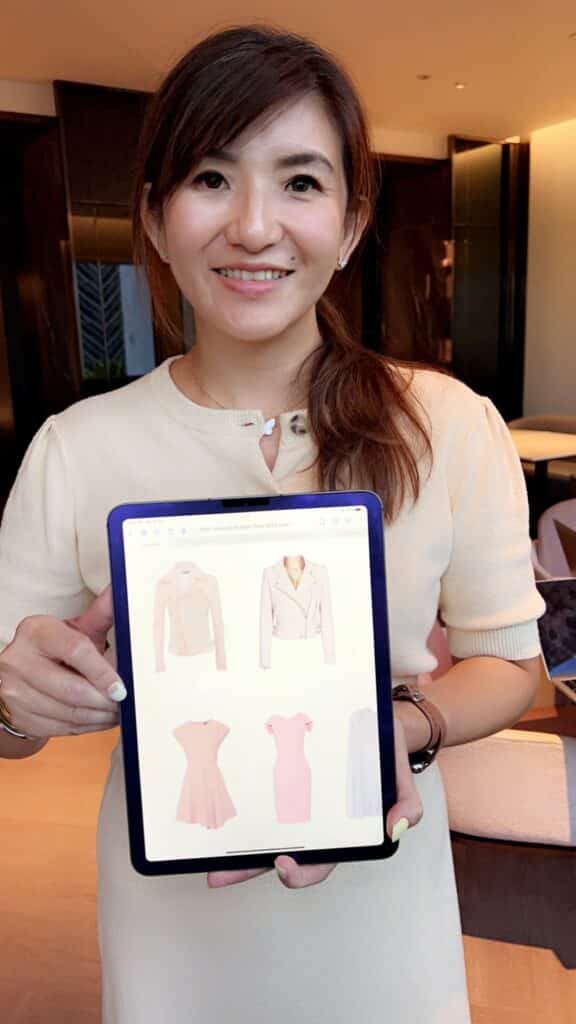
For anyone at the crossroads of their career in colour analysis or personal styling, or anyone keen to refine their approach to personal fashion, the Sterling Colour Analysis System offers a compelling, comprehensive guide that respects individuality, promotes flexibility, and empowers with business savvy. The world of colour analysis is vast and varied, but choosing a path that embraces complexity and personal nuance will always be in vogue, just as the Sterling Colour Analysis System beautifully demonstrates. Purchase our What Our My True Colors eBook for US$34.97 and discover your true colors.
Exploring the Sterling Color Analysis System: A Shift in Asia’s Colour Consultancy Landscape
In recent years, there’s been a pronounced shift in how colour analysis is approached, particularly in Asian cities like Singapore, Shanghai, Hong Kong, Bangkok, and Taiwan. Individuals and professionals alike are leaning towards the Sterling Color Analysis System, an innovative approach that’s redefining personal styling. But what drives this preference, and why is it becoming the go-to system for many in the region? This blog post dives into the reasons behind the burgeoning popularity of the Sterling Color System and highlights its impact on the fashion and beauty industry.
A Brief Overview of the Sterling Color Analysis System
The Sterling Color Analysis, unlike traditional systems such as the seasonal colour analysis, offers a more nuanced and individualized approach to determining the colours that best complement an individual’s natural features. It transcends the limitations set by the conventional seasonal framework, considering not just the hue but the tone, saturation, and value of colour in relation to the person.
The Allure of Sterling Color Analysis in Asia’s Fashion Capitals
In the bustling streets of Singapore, Shanghai, Hong Kong, Bangkok, and Taiwan, a colour revelation is taking the fashion and beauty industry by storm. The Sterling Color Analysis System is not merely a trend but a transformation, educating and empowering colour analysts, fashion enthusiasts, and style-conscious individuals across Asia. This innovative approach to personal styling harmonizes perfectly with the region’s deep-rooted appreciation for harmony, balance, and individual expression. Here, we’ll explore why the Sterling Color Analysis System has captivated such a diverse audience and how it’s reshaping the future of personal styling.
Breaking Traditional Boundaries
Traditional seasonal colour analysis has served as a guiding principle for many years, categorizing individuals into spring, summer, autumn, and winter, based on their natural colouring. However, the Sterling Color System reshapes this narrative, introducing a more nuanced and flexible approach to personal colour analysis. Testimonials like that from Lorraine Kwok of the Sterling Style Academy in Singapore shed light on how this system transcends conventional methods by emphasizing a personalized colour palette that aligns with one’s hair, skin, and eyes, rather than a restrictive seasonal box.
A Methodology That Understands Diversity
Asia’s cultural diversity is mirrored in its population’s broad spectrum of skin tones, hair colours, and personal styles. The Sterling Color Analysis System’s adaptability makes it appealing, as it caters to this diversity by offering a more inclusive and exhaustive palette. This ensures that every individual can find hues that not only enhance their natural beauty but also reflect their personal style and preferences. The emphasis on understanding and incorporating an individual’s unique traits aligns with the Asian value of personal identity.
The Professional Edge
The burgeoning fashion and beauty industries in cities like Singapore and Shanghai present lucrative opportunities for budding colour analysts and personal stylists. The Sterling Color Analysis, especially as taught by the Sterling Style Academy, equips professionals with a competitive edge. According to Kwok’s review, the academy doesn’t just offer a deep understanding of colour theory but also provides insights into the business side of colour analysis and styling. This comprehensive education ensures that graduates are well-prepared to thrive in Asia’s competitive beauty and fashion landscapes.
A Pathway to Confidence
Shopping becomes a daunting task when bombarded with an array of colour choices that supposedly don’t complement one’s seasonal colour profile. The flexibility of the Sterling Color Analysis liberates individuals from these constraints, encouraging exploration and experimentation with colours. This confidence in personal style choices is paramount in fashion-forward cities where individuality and innovation are celebrated.
The Social Aspect
In Asia, fashion and beauty are not just about personal enjoyment but also about community and sharing experiences. The communal culture is evident in the excitement generated by new beauty trends and technologies. Sterling Color Analysis has become a focal point for discussions among beauty bloggers, style-conscious individuals, and fashion enthusiasts. By providing a fresh perspective on colour analysis, it fosters a sense of belonging among those who share a passion for fashion and beauty.
The Final Verdict
The review by Lorraine Kwok vividly illustrates the impactful learning experience provided by the Sterling Style Academy. The detailed, informative, and comprehensive training not only equips aspiring professionals with technical knowledge but also empowers them with the confidence to make informed stylistic decisions. The emphasis on a versatile and accurate colour analysis system respects individuality and encourages personal expression beyond traditional seasonal limitations.
The Sterling Color Analysis System’s rising popularity in Asia’s fashion capitals is a testament to its effectiveness, flexibility, and relevance in today’s globalized world. Its ability to adapt to individual uniqueness while also offering a solid foundation for professional growth makes it a coveted skill among fashion and beauty professionals. For those intrigued by the interplay of colours and personal style or looking to carve a niche in the fashion industry, the Sterling Color Analysis represents a pathway to success and self-discovery.
About Sterling Style Academy
Sterling Style Academy is a renowned American institution dedicated to offering premier training in fashion styling, personal shopping, and image consulting. With a global footprint, the Sterling Style Academy delivers a world-class education designed to nurture talent and cultivate the next generation of leaders in the fashion and styling industry. Through a blend of theoretical learning, practical exercises, and real-world experiences in some of the world’s fashion capitals, Sterling Style Academy prepares its students for successful careers in styling, armed with knowledge, skill, and an expansive network of industry contacts.
